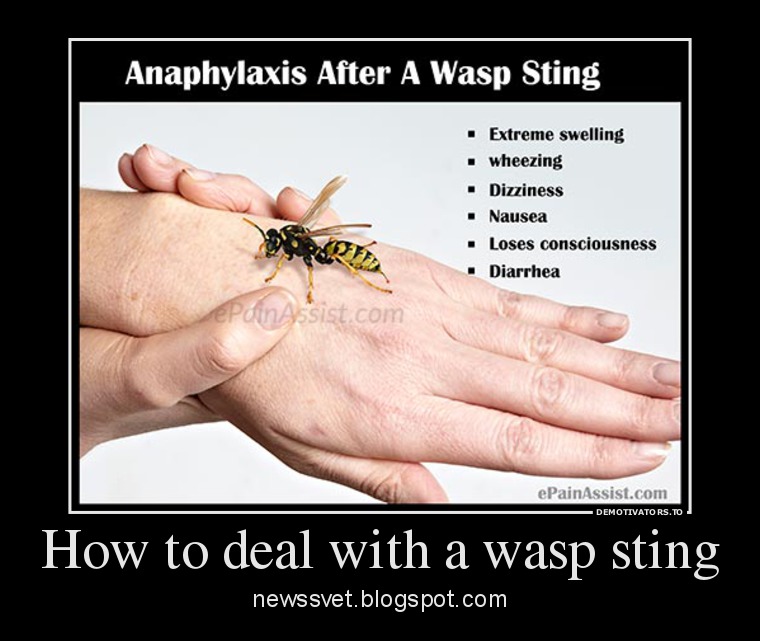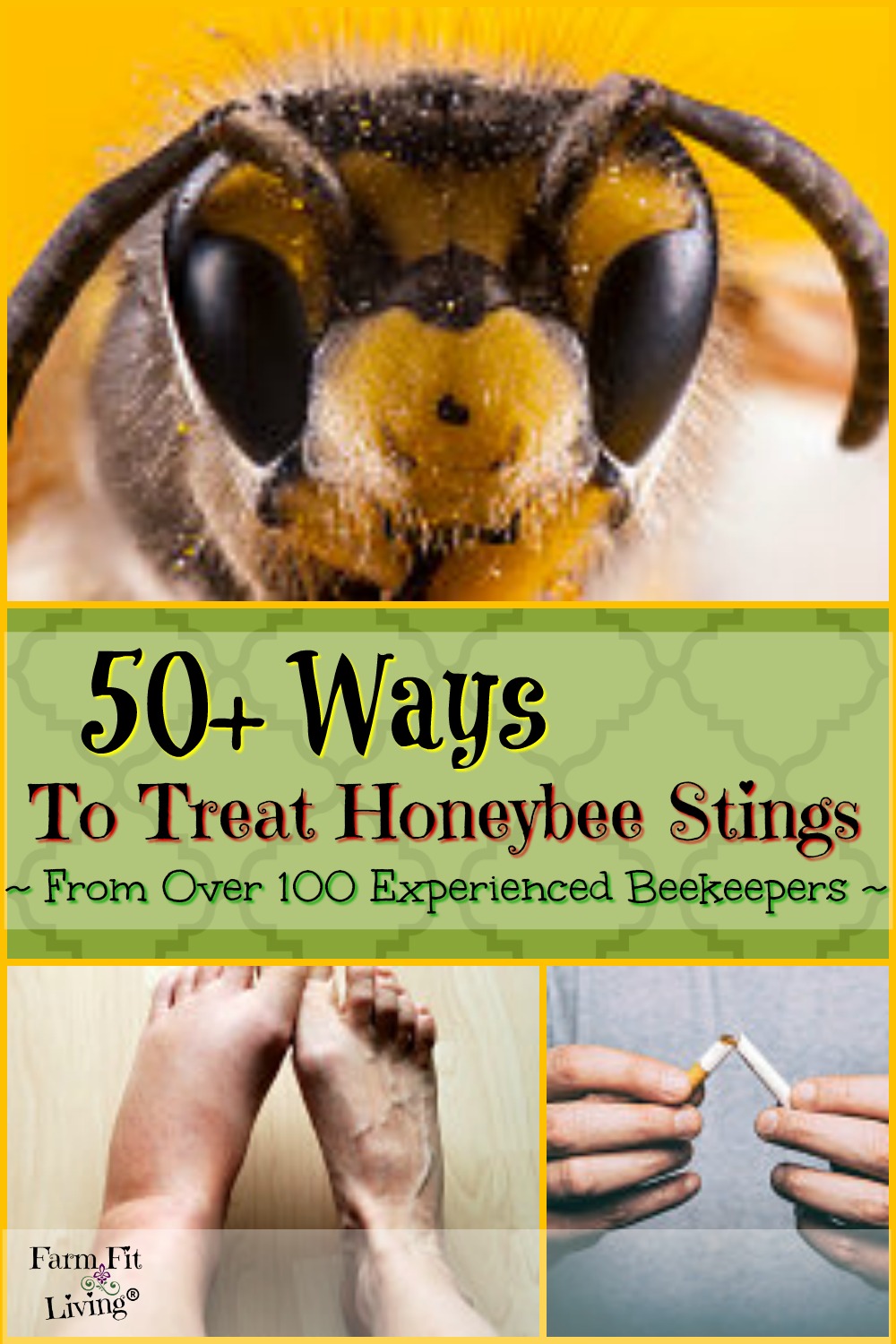


You may not experience all of these symptoms after a wasp sting, but you’re likely to experience at least some of them after a subsequent sting. breathing difficulties, such as wheezing or gasping.hives or itching in areas of the body not affected by the sting.severe swelling of the face, lips, or throat.Symptoms of a severe allergic reaction to wasp stings include: It’s important to seek immediate emergency care to treat anaphylaxis. Most people who go into shock after a wasp sting do so very quickly. The most severe allergic reactions to wasp stings are referred to as anaphylaxis.Īnaphylaxis occurs when your body goes into shock in response to wasp venom. Try to avoid being stung to prevent these uncomfortable symptoms. However, a large local reaction could be the way your body routinely responds to wasp stings. You could have one strong reaction and never show the same symptoms again. Having a large local reaction after a wasp sting one time doesn’t necessarily mean you’ll react to future stings in the same way. They may direct you to take an over-the-counter (OTC) antihistamine medication (such as Benadryl) to reduce your discomfort. Let your doctor know if you have a large local reaction after a wasp sting. Most of the time, large local reactions subside on their own over the course of a week or so. Find out what’s happening in your body during an allergic reaction. Large local reactions to wasp stings include extreme redness and swelling that increases for two or three days after the sting. People who have large local reactions may be allergic to wasp stings, but they don’t experience life-threatening symptoms, such as anaphylactic shock.

“Large local reactions” is a term used to describe more pronounced symptoms associated with a wasp or bee sting. Usually, the pain and swelling recedes within several hours of being stung. A tiny white mark may be visible in the middle of the welt where the stinger punctured your skin. You’re likely to develop a raised welt around the sting site. Redness, swelling, and itching can occur as well. The initial sensations can include sharp pain or burning at the sting site. The majority of people without sting allergies will show only minor symptoms during and after a wasp sting.


 0 kommentar(er)
0 kommentar(er)
